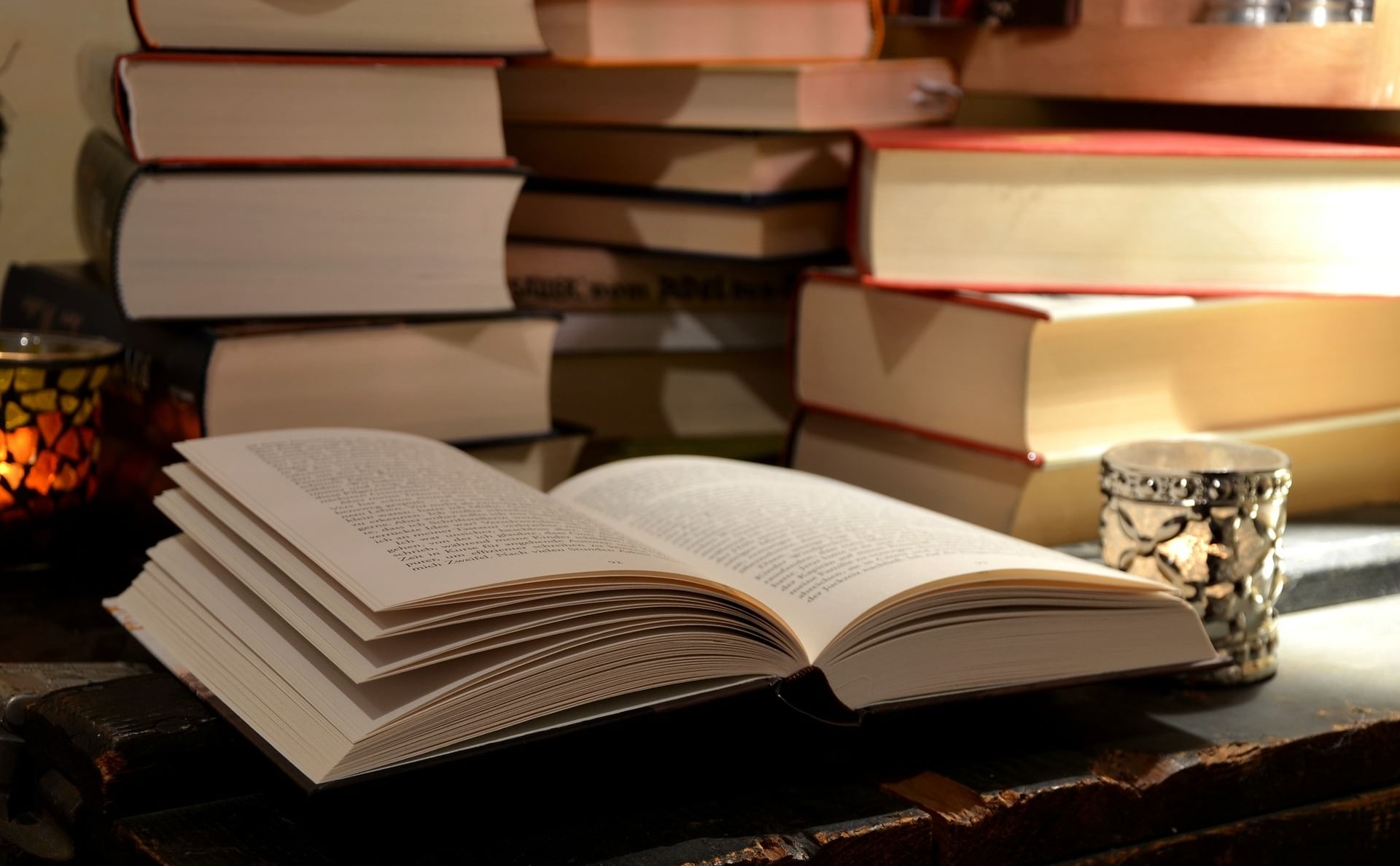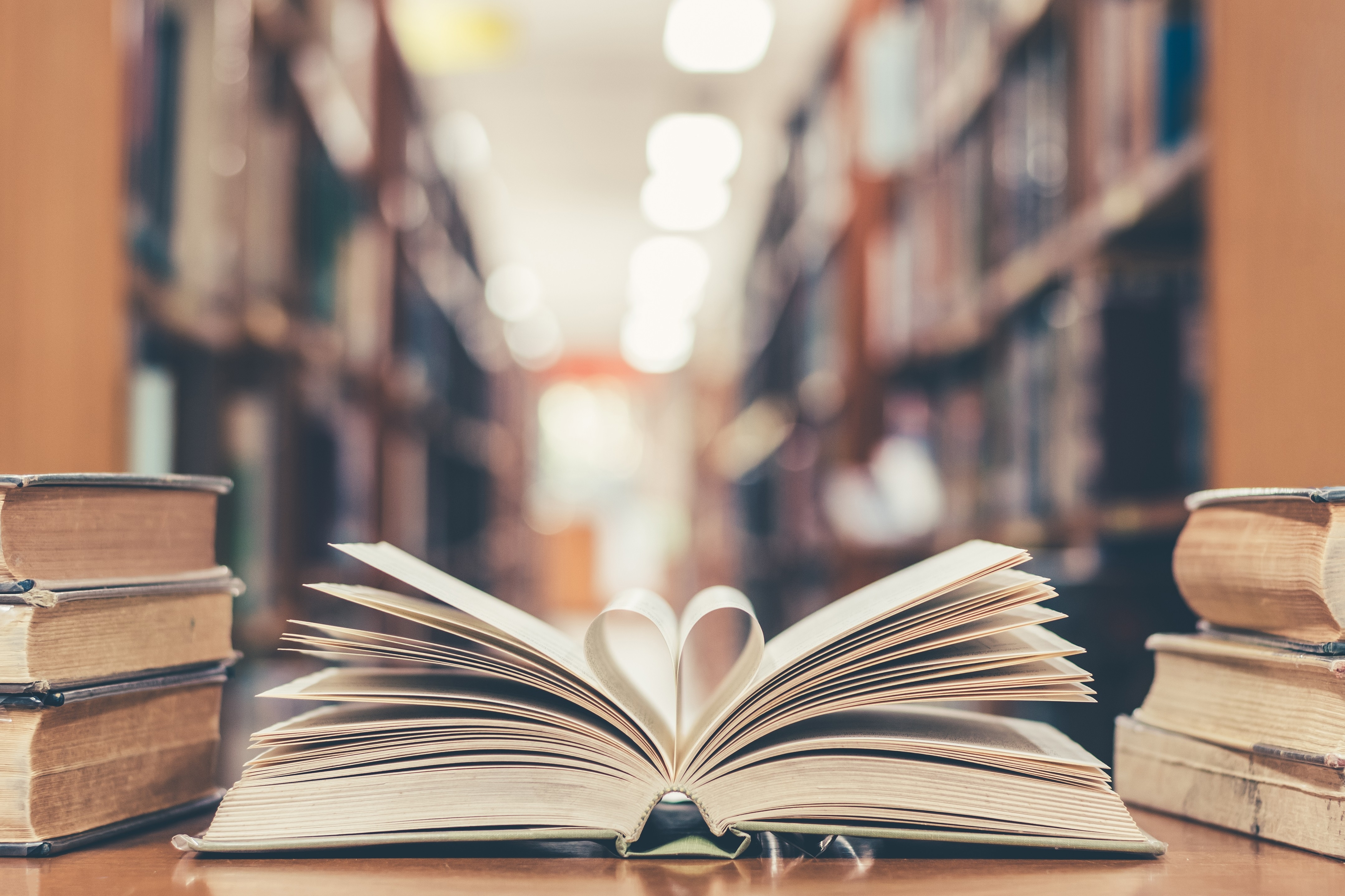4 Steps to Make the Most Out of Reading Literature
Have you ever wondered how some people find so much value in what they read, whether reading novels, stories, poems, plays, essays, memoirs, or something completely different?
One of the pleasures of reading literature is feeling satisfied with the harmony with what the literary work presents and advises and how it is narrated.
You may already enjoy how literary works entertain, guide, and excite you. Recognizing and understanding how they do these things will enable you to deepen your appreciation a lot and benefit a lot.
You gain experience and knowledge through deep reading, and you benefit from reading literary works with all their unique characteristics. It's like living another life, recognizing other ways of being in the world that, while different from yours, mimic your situation and the people around you. While reading literature, we enrich our understanding of others, the world, and ourselves and imitate what we read.
How to Get the Most Out of Reading Literature?
To reap the benefits of reading literature with more pleasure and appreciation, here are some of the most important things you can do:
1. Pay close attention and ask what you are reading
Reading with insight and deep understanding requires intense attention and noticing the text as much as possible. Interest in an action motivates you to think about it, interact with it, and ask questions. This is the key: evoke your attention, observation, and self-examination as you read.
Consider the opening sentence of Leo Tolstoy's great novel Anna Karenina (1877), in its famous 2000 translation of Richard Pevear and Larissa Volokhonsky: “All happy families are the same; each unhappy family is unhappy in its own way.”
What you might notice in this sentence first is its parallel structure. Tolstoy's line balances and compares happy families with unhappy families and confirms that they differ in how they experience happiness and unhappiness.
Well, that's what Tolstoy assumed when he launched his 800-page novel. He made early predictions that his book would be about families, some happy and some unhappy. Of course, we need to read the book to discover their happiness and unhappiness and how they became happy and unhappy families along the way.
In Tolstoy's reflection, your thinking may take the form of questioning his motivation. You may modify it, revoke your consent or disagreement, even imagine a reflection of the sentence, and revise it this way: “All unhappy families are the same; each family is happy in its own way.” Your careful observations of Tolstoy's sentence will lead to questions, which will lead to reflection, which shows how you can interact with the writer's work.

2. Reading, then re-reading
Reading with understanding, appreciation, and pleasure requires re-reading because re-reading is crucial because there are so many things in a literary work that you can't understand all in one reading; nobody can.
It would help if you had time to notice, think, reconsider, and revisit what is there to ensure that what you observed in your initial reading of an article, poem, or story is already there. And you need a chance to find out what you've missed. In the second reading of the work, you will notice more, wonder, think, and understand a lot, and in the process, your reading pleasure increases.
Consider this short two-line poem by Robert Frost, “The Span of Life”:
The old dog barks backward without getting up. I can remember when he was a pup.
(The old dog barks backward without getting up. I can remember when he was a pup.)
What do you notice in a quick first reading of these lines? The poem "Frost" is a double syllable. The poem then describes a dog, nowadays, an old dog. The speaker remembers his old dog companion when he was young. That's it. There's no other meaning to it. Isn't it?
Well, not exactly, though that's the essence of what the poem shows us. But what if you take a closer look? What if you think about what the poem suggests? The observation involves listening and looking, so try to hear the poem in your inner ear. In addition to the rhyme, you will hear a regular rhythm of words in each line.
You hear and feel the slow motion of the first line; the first five word syllables are verbally stressed. You hear the first line move with difficulty while the second line passes smoothly. Although the second line is visually shorter than the first, it is only one syllable shorter.
How do you explain these observations? You may ask yourself, why does the poet emphasize the words in the first line about the old dog? Why does he use words with syllables that are difficult to pronounce? Why would he use words and syllables that are easier to pronounce in the second line about a little puppy?
You may pay more attention to the description of an old dog who has difficulty getting up, barking "backward" - a visual image - when doing this, you may notice the discrepancy between this difficult act and his movements as a puppy. This youthful image is not described by the poet, but it is implicit in imagining it.
What do you notice from the poem's title, "The Period of Life"? Did Frost give us, in two short lines, a picture and an example of his dog's lifespan? Yes, of course, but it also gives us a more significant meaning: it invites us to think not only of the period of life - the dog - but also of life in general, which includes the lifespan of the human speaker in the poem.
After all, the speaker also got older with his dog. As the dog ages rapidly, the speaker is also aging, “I can remember,” he says. So do we, especially if we see our pets and others aging before us, including ourselves.
By simultaneously looking at and listening to Frost's little poem, we note its words, sounds, and images and ask questions about its meaning and significance. These observations and questions lead us to how these two aspects of writing are related. As the English poet Alexander Pope wrote in 1711, “The sound must seem an echo of sense.”
3. Careful reading
Another way to deepen your appreciation and enjoyment of literature is to slow down. You will benefit from a slow reading of long and ambitious works, just as you did with The Span of Life.
Take the time to read; there's nothing to push or force you to finish it quickly. Nor should rush in interpretation, either. Take time to enjoy how the writer presents his ideas, think about what the work tells you, think about the ideas you collect, and enjoy the writer's skill and art.
Henry David Thoreau (1854) suggests in his book Walden, which had a profound impact on Mahatma Gandhi, and he advises us to read "carefully" with interest and a sense of the value of what we read. We give our reading of the work the same type and degree of care the author followed in writing, which in Walden's case was seven drafts over nine years.
“Books must be read carefully and preserved as they are written.” Now, it shouldn't take you nine years to read "Walden." However, such a meticulously designed book deserves attention for its content and style.

For example, consider this famous sentence from Thoreau's book in terms of what he says and how he says it: “If a man does not keep pace with his companions, perhaps it is because he hears a different drummer. Let him step to the music which he hears, however measured or far away." Now, this is a provocative idea of individuality, framed in a pair of elegantly designed sentences; they walk at their lavish rhythm, their beauty, which makes Thoreau's idea unforgettable.
4. Reading aloud
Another way to increase appreciation and understanding of reading is to read some parts of the text aloud, a sentence, or even a whole page. Reading the “Thoreau” sentence aloud, for example, will help you notice things you're likely to miss during silent reading.
The ear and voice push the eye to see and absorb more of the craftsmanship and artistry of the writer. The art of reading and the craft of writing owes as much to the ear as to the eye. Before reading a passage of prose novels aloud, you must go back to Frost's The Span of Life and read its lines aloud so that you feel your body - in your mouth in particular - as you say the words aloud.
How difficult is pronouncing the first line: "The old dog barking backward without getting up"? Did you feel the tongue and mouth move while pronouncing the difficult letters? And did you feel the pressure on the first five syllables, and then the sentence became smoother?
Now sense through your mouth, lips, and tongue how easy it is to pronounce the second line: “I can remember when he was a pup.” We form consonants in this line with our lips; we easily blow air through our mouths to utter. Hard versus easy: Old dog, A little puppy, so reread and read aloud for greater visibility and enjoyment.
Now, let's take an example of prose. The Dead, the final story in Dubliners (1914), a collection of successive short stories by James Joyce, concludes:
Yes, the newspapers were right: snow was generally all over Ireland. It was falling softly upon the Bog of Allen and, further westwards, softly falling into the dark, mutinous Shannon waves.
It was falling too upon every part of the lonely churchyard where Michael Furey lay buried. It lay thickly drifted on the crooked crosses and headstones, on the spears of the little gate, on the barren thorns His soul swooned slowly as he heard the snow falling faintly through the universe and faintly falling, like the descent of their last end, upon all the living and the dead".
In excellent terms, Joyce described the snow falling all over Ireland in a lyrical prose poem. Hundreds of students have shared this ending, who have always surrendered inevitably to the beauty of sound and absolute rhythm.
You must have enjoyed the experience of reading the paragraph aloud, feeling its steady rhythm, hearing its repetition of the “fall,” echoing in the “crooked crosses” and “fainting slowly,” and Joyce's elegant transformation with snow, first “falling quietly,” then “the weak fall and the faint fall.”
These few notes of Joyce's language touch the tone and texture of the passage and the sympathy it carries in those rhythms and repetitions. Joyce's masterful prose needs to be read aloud to be fully appreciated. If you agree, reading aloud will add to your inventory of reading practices to deepen your happiness.
Key Points to Benefit from Your Reading
- A good reading will deepen your appreciation of literature, gain new experiences, and enrich your knowledge of the world and other people.
- Good reading requires observing details, meditating, and questioning them.
- One key to sound and enjoyable reading is slowing down, taking time, and deliberately reading.
- Re-reading literary texts will let you know what you missed the first time and deepen your reading pleasure.
- Reading aloud, whether a sentence or an entire page, will help you notice more about the craftsmanship and artistry of the writer, especially how the tone and texture complete the meaning.